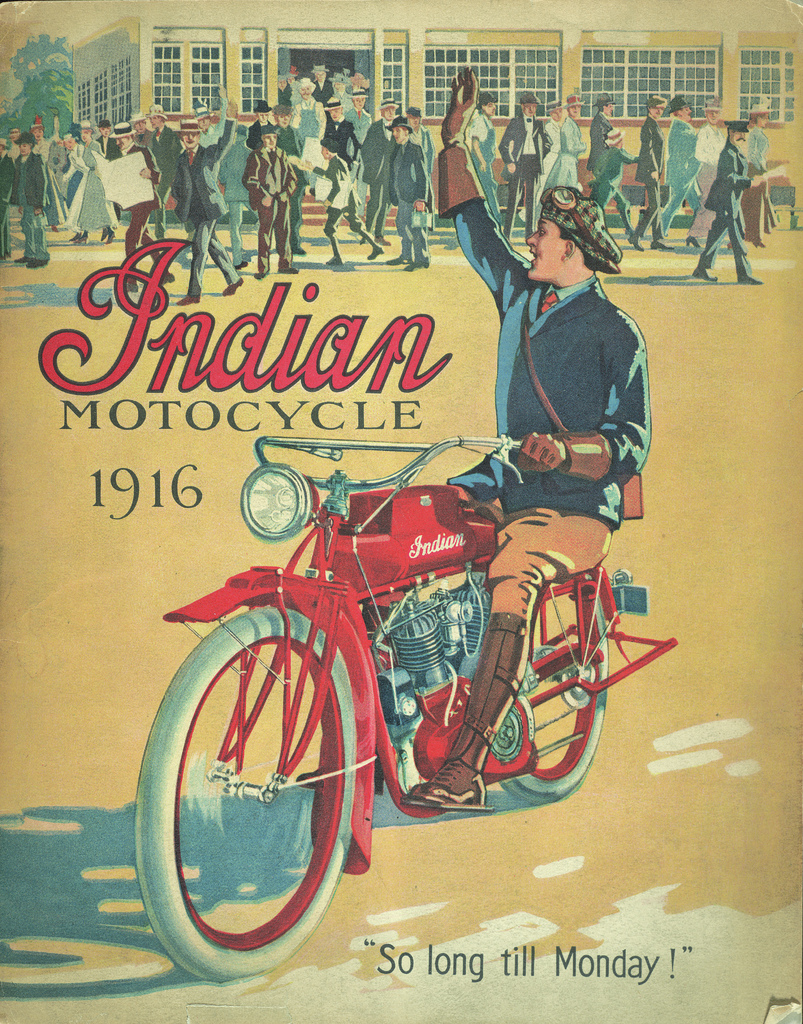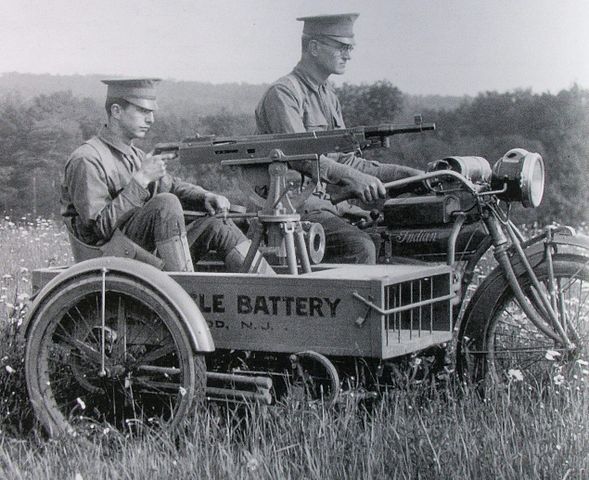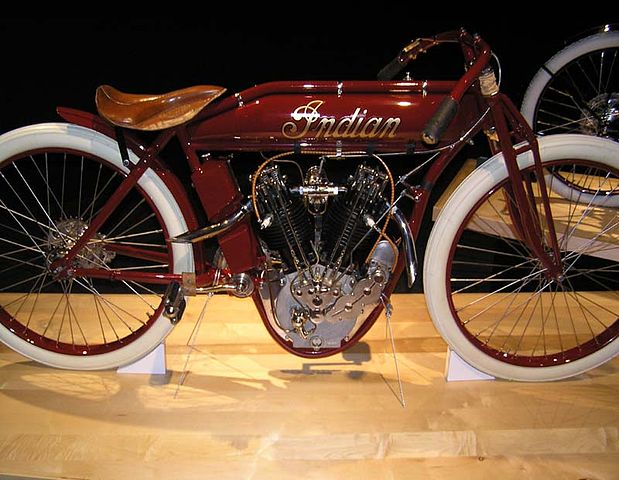"When we were making our last film on the Mazda MX5 in the sunshine of Umbria, both Matt and I commented that we’d be looking back to this particularly picturesque postcard perfection and remembering how lucky we were with "

Indian Motorcycles – the centenary of a motorcycle used in war
Powerful in action. Reliable in the field. Versatile across terrain.
This year marks 100 years since the U.S. declared it was entering the First World War.
As the country braced itself for the conflict, Indian Motorcycles significantly ramped up efforts and dedicated virtually the entire production line to the war preparations.

The company’s motorbikes were already fairly popular and known throughout the world – and soon to be proudly serving on the front lines too. Between 1917 and 1919, it built 50,000 motorbikes for the U.S. Army alone.
Motorcycles were considered an important vehicle in action, and sadly, this is often overlooked in many military history books. They were powerful in action, reliable in the field and versatile across all kinds of terrain.

Their list of uses on the front line is long and varied: mounted infantry, reconnaissance, patrolling, dispatch, in courier duties and as ammunition carriers. To evacuate casualties swiftly from action, they were even converted into ambulance-type vehicles with stretchers.
The Indian military model was based on the new Power Plus Big Twin. It featured a 61 cubic inch side valve motor (the equivalent of 1,000 c.c.). This produced 18 horsepower, and meant the vehicle could comfortably reach 60mph.
Military versions of the bike often shared the same three-speed transmission, rear-only brake and leaf-spring front fork as the civilian model. Its features were also adapted for its role in conflict, with rear suspension, a simpler gas headlight instead of an electric one, and simpler flat fenders instead of curved versions.
But Indian Motorcycle’s loyalty to serve the U.S. Army during the war seriously affected its business in the long term. While focusing on supplying the military, it had neglected customers at home.

Production for the civilian market had been scaled back, dealerships felt let down and fans were turning to other motorbike manufacturers such as rivals Harley Davidson.
Harley Davidson may have only supplied 20,000 motorcycles to the army, but it looked after the market back home. This was a serious setback for Indian after the war, and one that it never fully recovered from.
Even so, the Indian Motorcycle legacy still remains important in the motorcycle history books.
And as many writers say, “Indian may have won the war – but it unfortunately lost the battle.”
CLICK TO ENLARGE










